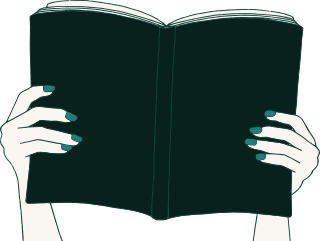Children’s literature is often marked by an imbalance in age, as adult authors write for young readers. For this article, Vanessa Joosen interviewed seven children’s and young adult authors – Aidan Chambers, Guus Kuijer, Jacqueline Wilson, Anne Fine, David Almond, Joke Van Leeuwen, and Bart Moeyaert – to investigate how they negotiate and reflect on the growing temporal gap between their present age, their own youth, and their young readership when writing children’s or young adult literature. Although literary scholars typically avoid drawing direct parallels between authors’ lives and their fictional works, it cannot be denied that writers do draw on real-life experiences for inspiration and context.
Vanessa Joosen explores how the authors’ internal interactions between childhood and adulthood can take different shapes. It can lead to an emotional reconnection and a revision of past experiences on the one hand, and to new insights and even healing in their adult lives on the other hand. For example, David Almond explains how writing about the traumatic experiences of losing his sister and father at a young age was a coping mechanism, where instead of confronting these sad experiences directly, he reimagined them and used them as a basis for his fiction. Moreover, in creating child characters as an adult, the author’s adult experience and writing practice can also add new perspectives to their own engagement with childhood in general: instead of seeing children as lacking knowledge and experience, children’s authors cultivate the feeling of kinship in their writing, as they look for common ground between generations. Children’s literature offers a space where adults and children can come together, in and through stories. And although those fictional stories cannot be assumed to reflect experiences from childhood or adulthood perfectly authentically, they can be a start of real conversations through which generations can gain more understanding of what divides them, but more importantly, of what connects them.
Joosen, Vanessa. ‘Children’s Literature: Young Readers, Older Authors’.
The Bloomsbury Handbook to Ageing in Contemporary Literature and Film, edited by Sarah Falcus, Heike Hartung, and Raquel Medina, Bloomsbury Publishing, 2023, pp. 51–62.
